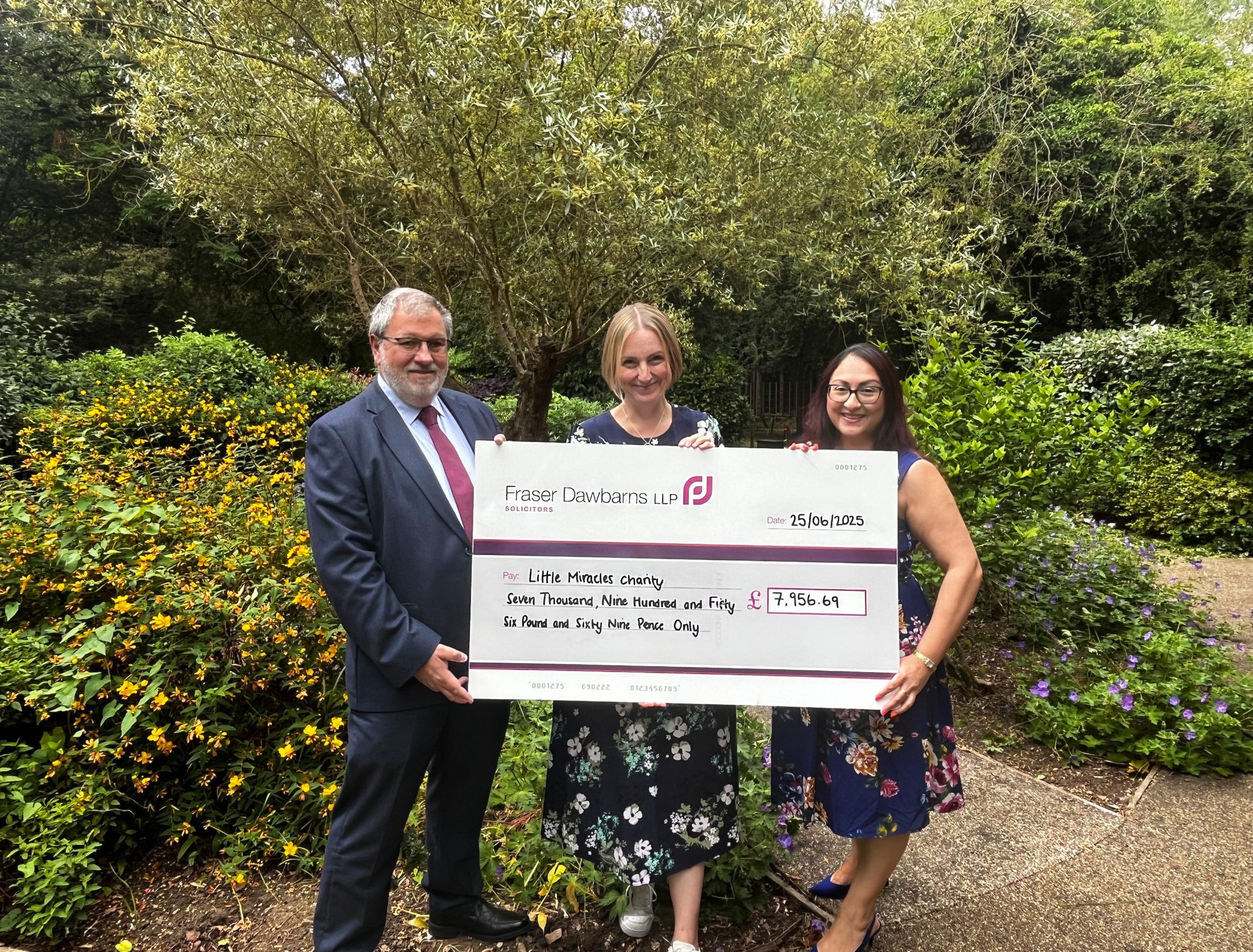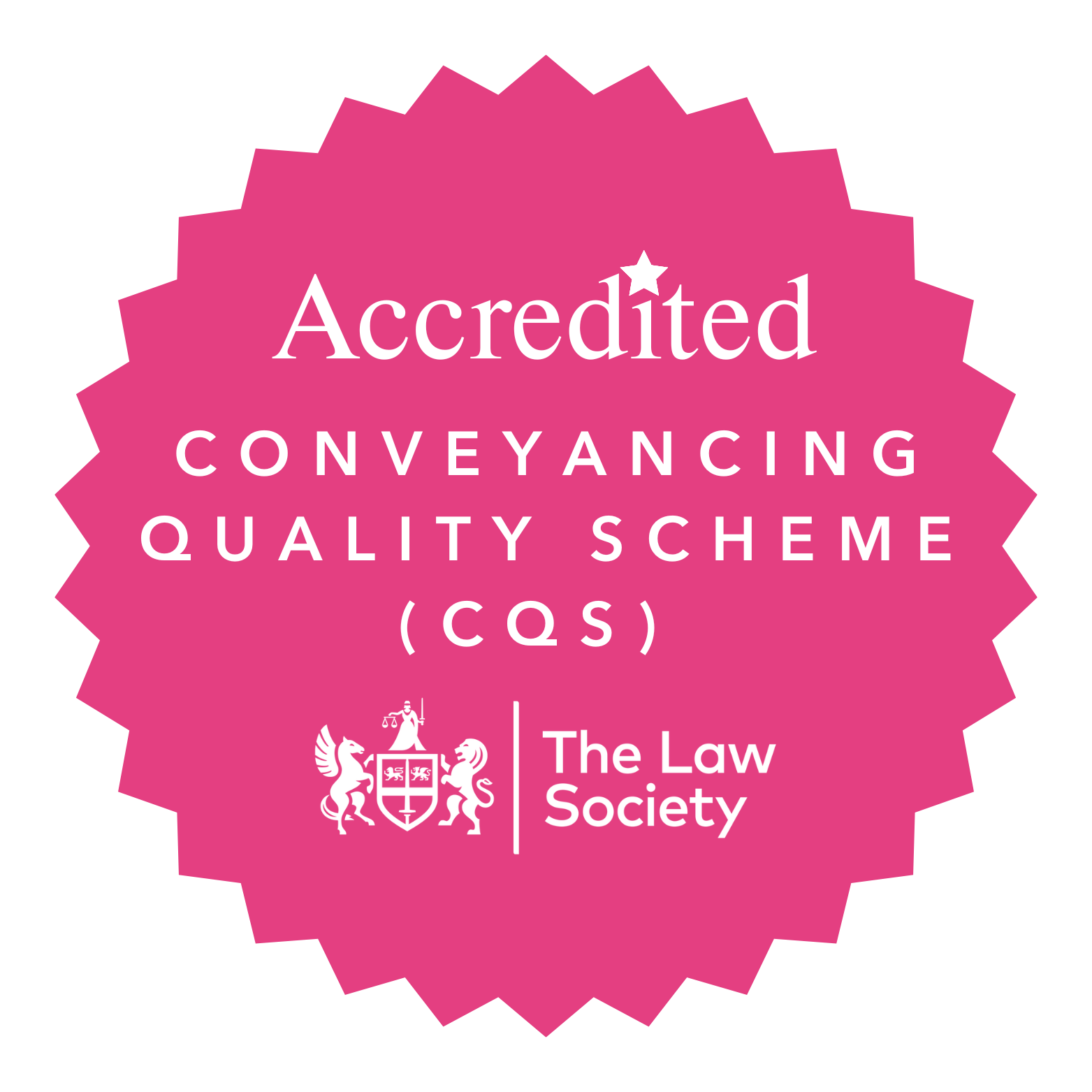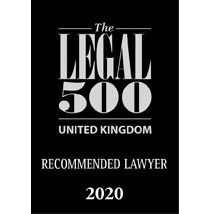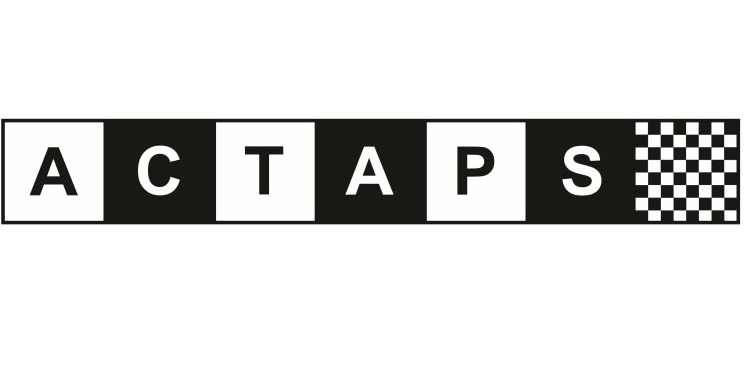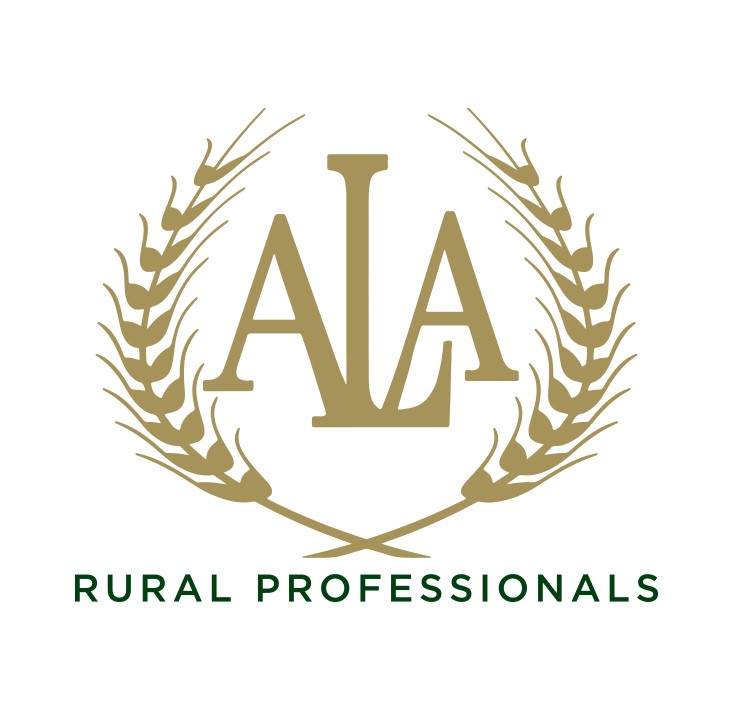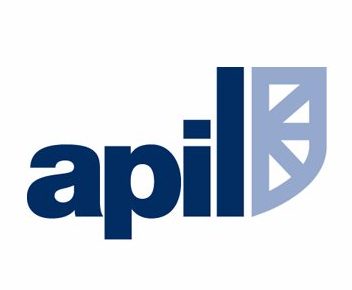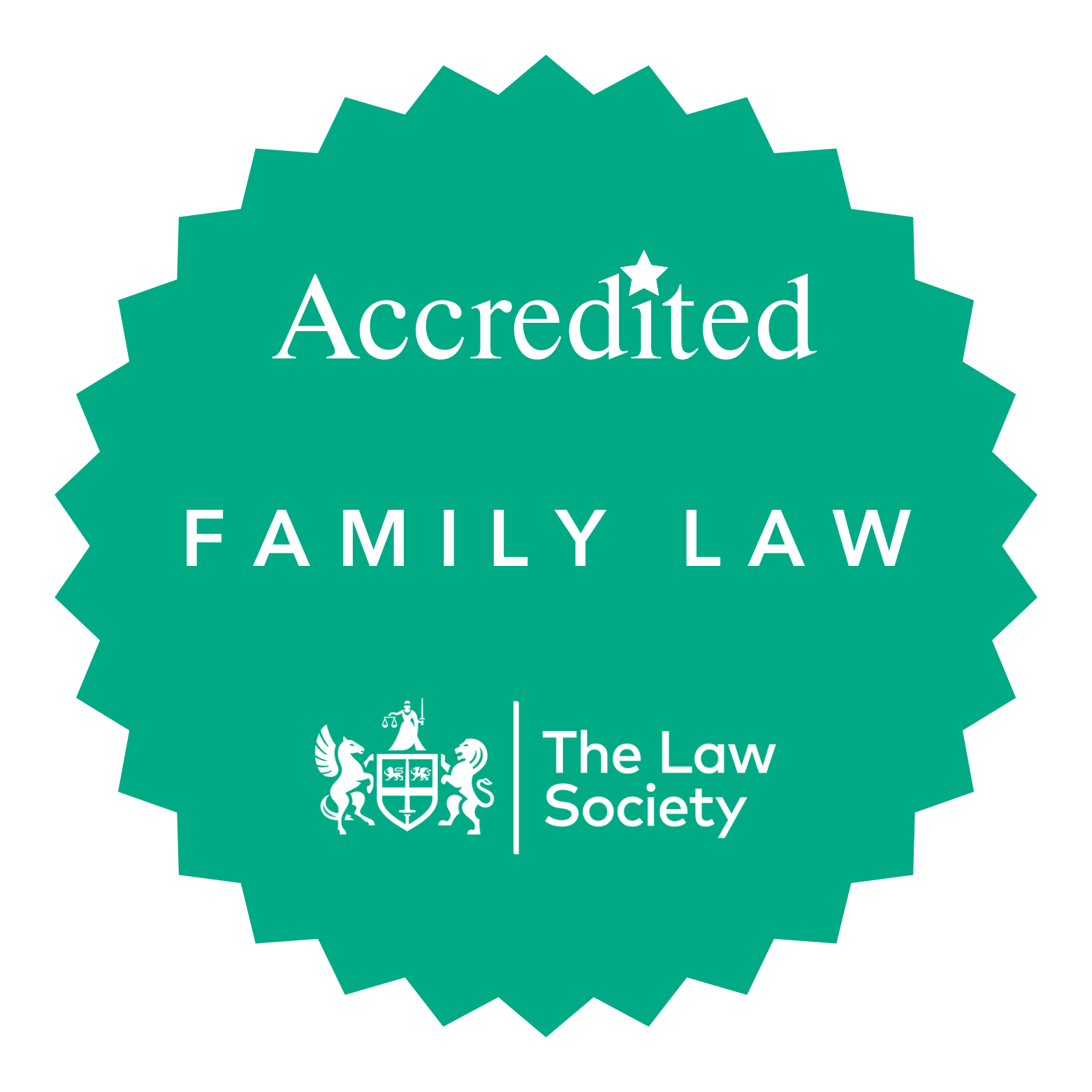“How Can I Save On Inheritance Tax?”
Upon death, a person’s estate will be valued for Inheritance Tax (IHT) purposes to include all of their assets and take into account any outstanding liabilities. Account will also be taken of any lifetime gifts that a person may have made. Certain gifts made in the seven-year period prior to a person’s death will also form part of their taxable estate.
The first £325,000 of person’s estate will be charged to Inheritance Tax at 0%. This is known as the Nil Rate Band (NRB) Allowance. Where the value of an estate exceeds the Nil Rate Band, the excess is charged to Inheritance Tax at 40%, although there is a further relief of up to £175,000 (Residence Nil Rate Band) available to offset against the value of the person’s home if it is being passed on to direct descendants.
A client of mine, Mr Smith, received an inheritance from his late mother. He decided that he would like to pass some of the money he inherited to his children, Kevin and Susan. He wanted to gift them £50,000 each so he asked our advice on the most tax-efficient way to do this. His total estate at the time was worth £600,000.
We advised that Mr Smith should complete a Deed of Variation and he did so. This is a document which allows for the beneficiary of an estate to vary the terms of a Will to redirect some of the assets they receive under the Will. It has to be set out in a particular format and completed within two years of the date of the original person’s death. The gifts will then be treated as though they were made under the original Will.
Find out more about James Davies
Find out more about Wills and Estates
Sadly, Mr Smith died two years later. As he had prepared a Deed of Variation redirecting £100,000 to Kevin and Susan, this amount did not have to be added back into the value of his estate on his death, even though less than seven years had elapsed since the gifts were made.
At the date of his death, the value of his estate was £600,000. Once his RNRB of £175,000 and his main Nil Rate Band Allowance of £325,000 had been applied, only £175,000 remained chargeable to IHT at 40%, leaving a total tax bill of £40,000.
Had the Deed of Variation not been prepared, there would have been a further £100,000 to add back into the calculation as a recent gift and the total tax bill would have been £80,000.
A deed of variation can be a very useful way of mitigating a potential liability to IHT and the two-year period in which they can be made provides sufficient time for a person to review their situation and assess what potential savings can be made.
A deed of variation can also be used where a person has died without leaving a Will. A beneficiary under the intestacy rules can also redirect assets that they would otherwise have received.
Fraser Dawbarns will be happy to help you review your situation and prepare a Deed of Variation if appropriate. Contact James on 01945 586684 or email him at jamesdavies@fraserdawbarns.com.
This article aims to supply general information, but it is not intended to constitute advice. Every effort is made to ensure that the law referred to is correct at the date of publication and to avoid any statement which may mislead. However, no duty of care is assumed to any person and no liability is accepted for any omission or inaccuracy. Always seek advice specific to your own circumstances. Fraser Dawbarns LLP are always happy to provide such advice.
Related Articles
Recommended By The Legal 500 Directory*
*We are recommended for the following practice areas: Corporate and Commercial, Debt Recovery, Employment, Personal Injury: Claimant, Agriculture and Estates, Contentious Trusts and Probate, Family, Personal Tax, Trusts and Probate & Commercial Property.
ServicesContact